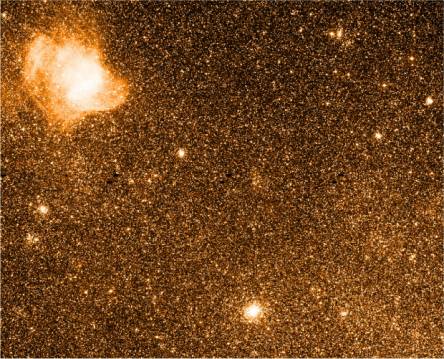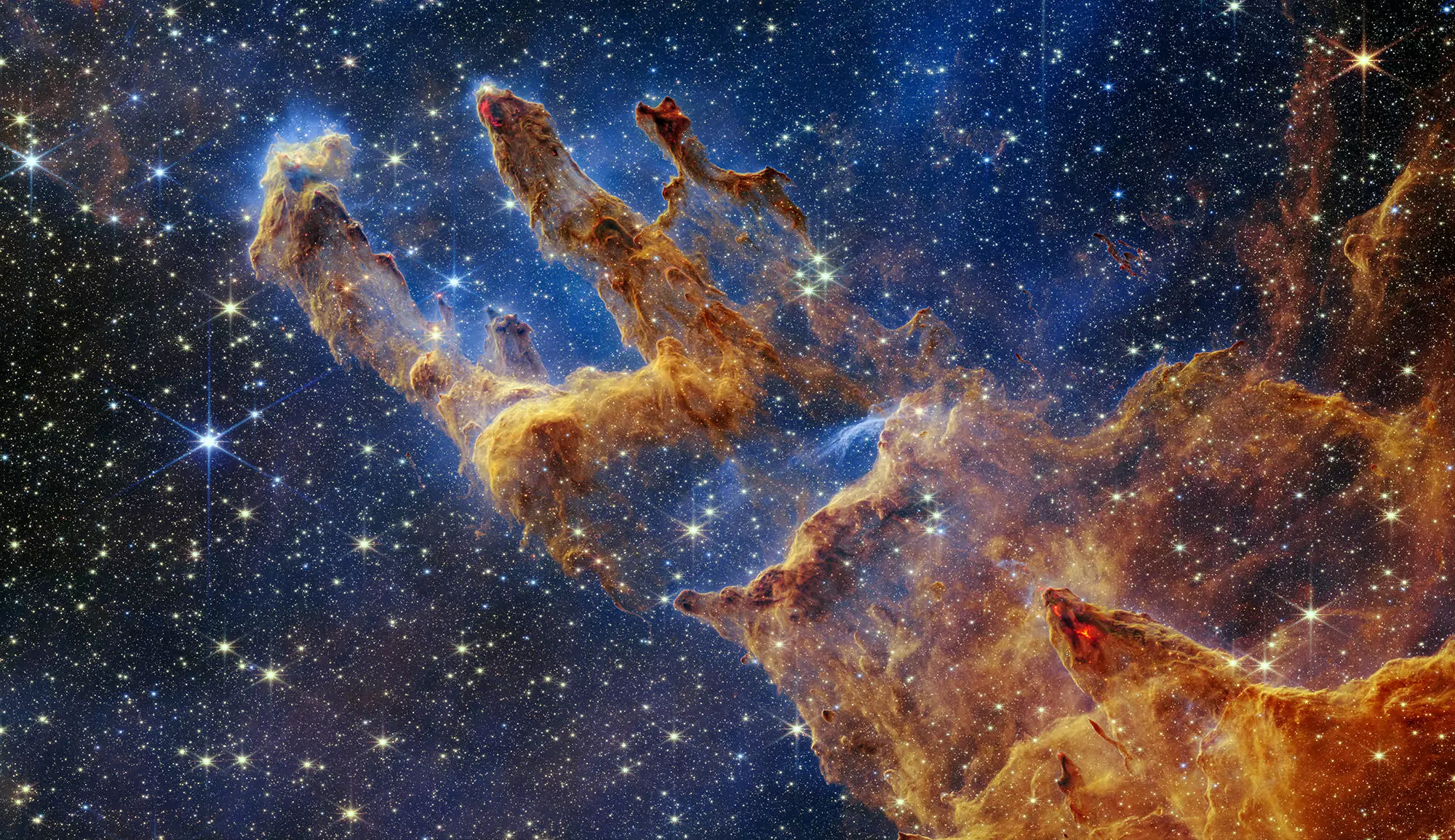
First of all, by fitting observed spectra with theoretical spectra, astronomers obtained the fundamental parameters (effective temperature, surface gravity, projected rotational velocity, and radial velocity) of each star. The effects of fast rotation (e.g. : flattening due to the centrifugal force) have been taken into account in the fundamental parameters determination of Be stars. Second, with statistical tools and adequate samples selections, they highlighted (figure 2) that : - B and Be stars rotate faster in low metallicity environment such as the Small Magellanic Cloud than in higher metallicity environment such as the Large Magellanic Cloud (medium metallicity) and the Milky Way (high metallicity). This result confirms observationally for the first time previous theoretical results, by a team of Geneva, about the effect of metallicity on stellar rotation. - In a galaxy with a given metallicity, the progenitors of stars begin their life on the main sequence (ZAMS) with different rotational velocities. Moreover, the progenitors of Be stars have higher rotational velocities than the ones of B stars. Consequently, only B stars with a sufficient rotational velocity at the beginning of their life (>300 km/s) will become Be stars, whereas those with initial rotational velocities between 50 and 300 km/s, depending on metallicity, will remain B stars.

Third, astronomers also obtained the first estimate of the distributions of Be stars rotational velocities at the beginning of the main sequence (figure 3) and they showed that those distributions are mass- and metallicity-dependent. The more massive a future Be star and the lowest the metallicity, the faster it rotates, to such an extent that massive Be stars in the Small Magellanic Cloud could be critical rotators, i.e. at the limit of stability. We can then suppose that critical rotation was frequently reached among massive stars of the first generation, which were extremely metal-poor.
Finally, the study of the evolutionary status of Be stars in these 3 galaxies with different metallicities shows that massive Be stars in the Magellanic Clouds appear in the second part of the main sequence in contrast with the Milky Way where they only exist in the first part. In conclusion, while fast rotation plays a fundamental role in the appearance of Be stars, role even more important in low metallicity environments, it is not always sufficient to allow matter ejections. Other phenomena combined with rotation, such as the presence of a magnetic field, could favour the creation of the circumstellar envelope of Be stars.
